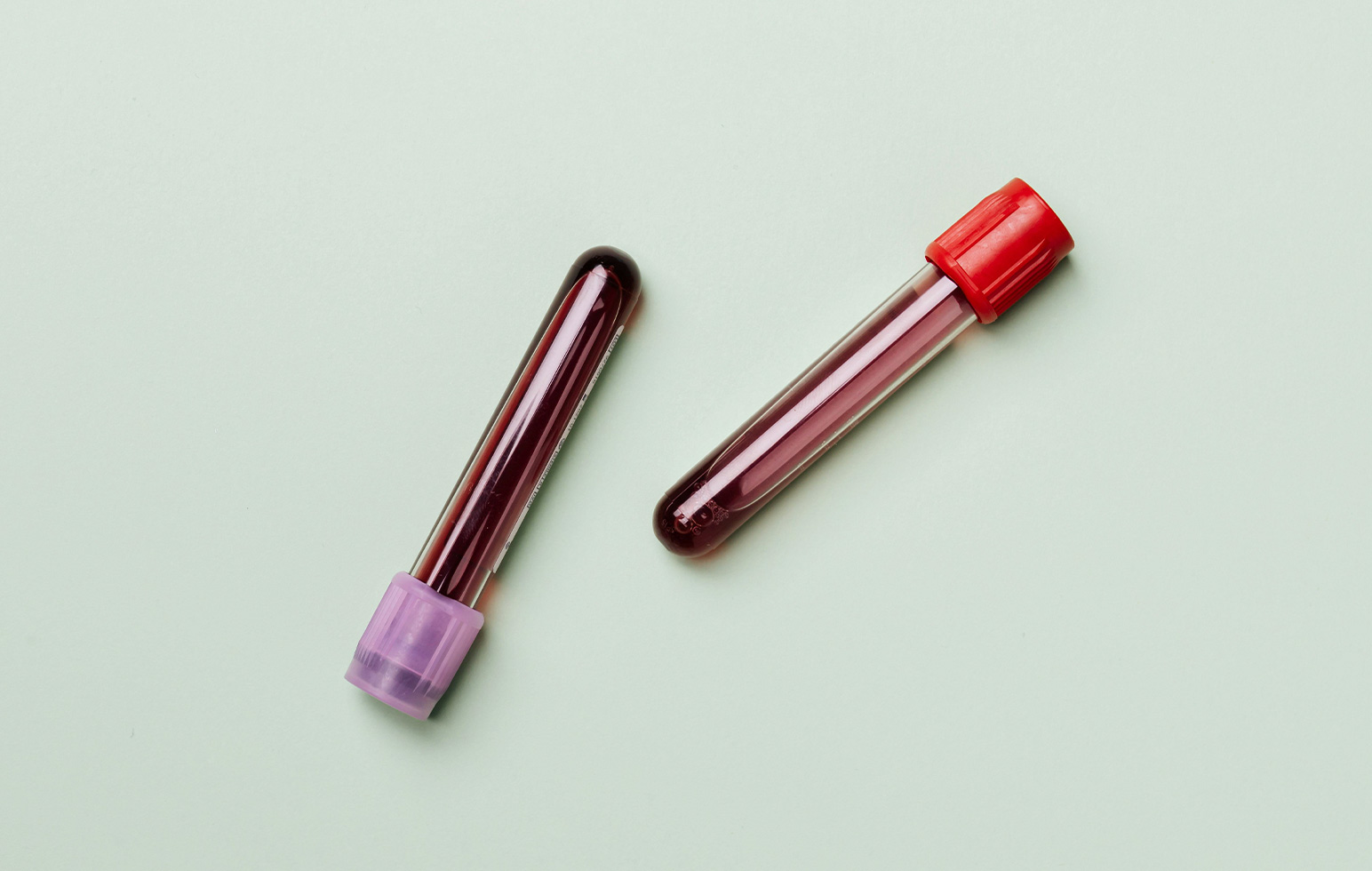Before most new drugs are approved by governments for the treatment of diabetes (or any disease for that matter) they need to be tested in large numbers of patients within randomized controlled trials. For diabetes, these trials compare the effect of taking these drugs versus a placebo or an alternative drug on glucose levels, hypoglycemic reactions, hemoglobin A1c levels, quality of life, and serious effects such as heart attacks, strokes or even death. Only those drugs that are shown to be safe and that also improve at least some of these measures are approved by governments for prescription by clinicians.
What this means is that approved drugs are generally safe and effective. However, it’s important to remember that most new drugs are tested in about 5,000 people before they are approved. The profile of the people in whom they are tested can’t reflect every person who will be prescribed the drug. This means that one never knows exactly how well a drug will work in a particular person. Also, the studies that have been conducted don’t usually provide enough information to know whether people with certain characteristics will respond better than others. This is where the clinical judgement of an experienced clinician comes into play. That means that they need to combine the information provided by the person with diabetes with what is known about the drug and determine whether it is worth trying that drug on that individual. And if the drug is started, they need to determine how the patient is responding.
The best way of thinking of this is that all the scientific information that is available on any drug only reveals how well it works on average, for the average person with diabetes. No individual is an average – they are part of an average. This uncertainty regarding how well and whether a drug will work in an individual is why it’s so important for clinicians to always discuss the pros and cons of any drug therapy before the person with diabetes and the clinician together agree to try it.


